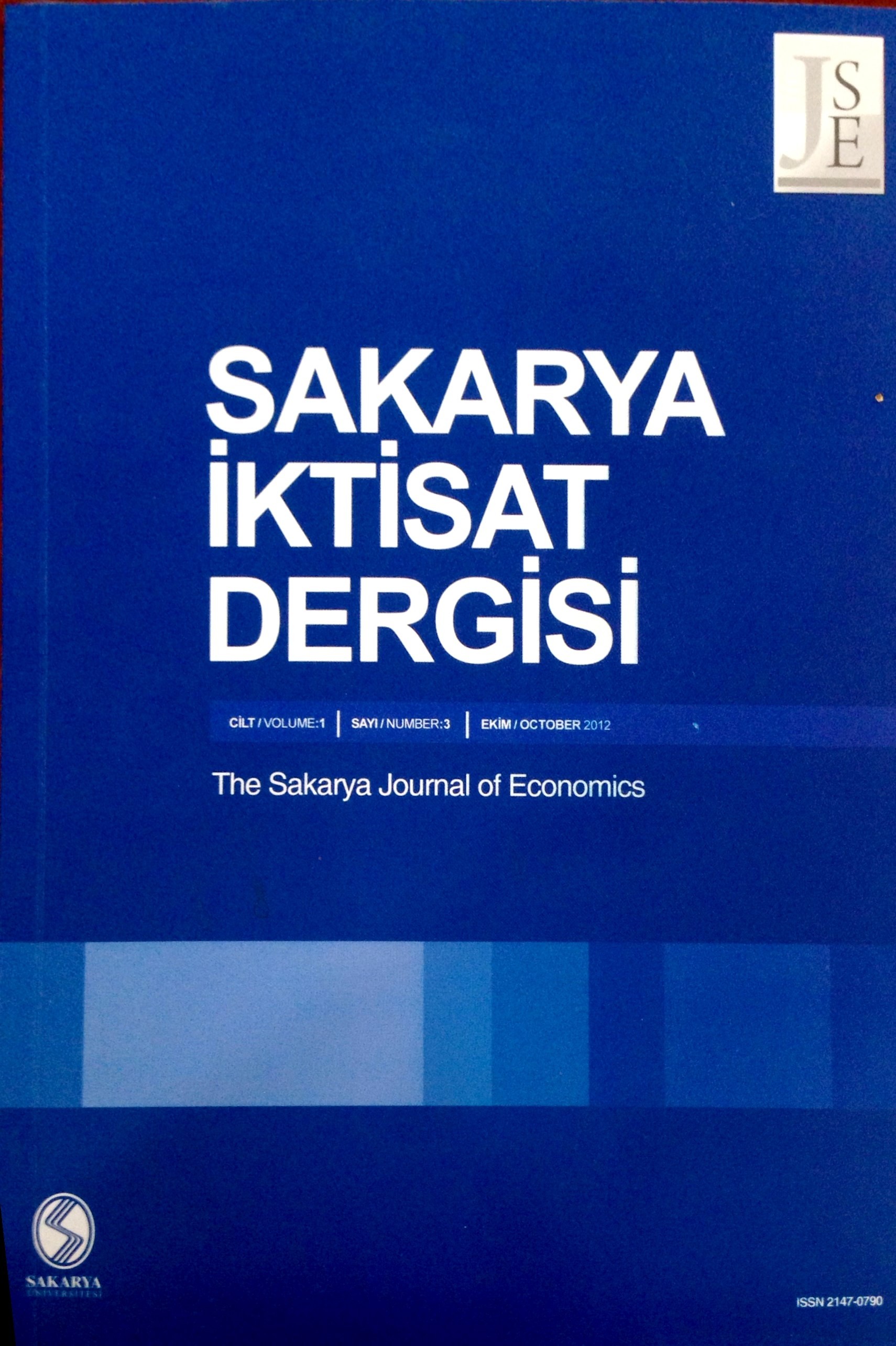The effects of Household socioeconomic characteristics on children under 5-years mortality in Afghanistan
Households Socioeconomic conditions in most cases directly affecting the lives of children at the age of under 5-year. Accessibility of Afghan households to improved drinking water, household sanitation, households head characteristic, paternal and maternal occupation, and household children population size are the targets variables which are examined to find the effects of household’s socioeconomic condition on children under 5-year mortality in Afghanistan. In this study, data has extracted from (2015afdh) and logistic regression by calculating the marginal effect was applied to find the effect of explanatory variables on the three dependent variables (neonatal mortality, infant mortality, and under 5-year mortality). The result shows that the neonatal period is more vulnerable rather than infant and under a 5-year age period in Afghanistan. Accessibility of households to clean water and protected toilet decreasing neonatal mortality by (1.6 % and 1.9%), good sanitation decreased infant mortality by 4% and in under 5-mortality by 2.21% respectively. household wealth index, father and mother occupation are strongly affecting the lives of children in all stages of life. A male child is more likely to die in the age of the neonatal period and female in the age of the infant period. In this study, we approached that, households drinking water sources strongly affecting the lives of children under 5-year. Furthermore, protected toilets significantly decreasing the mortality rate of children under 5-year. By improving the household's lives standard and increasing the awareness of household members about the role of hygiene and sanitation the probability of children died at the age of under 5-year significantly will reduce.
Anahtar Kelimeler:
mortaltiy, socioeconomic, sanitation, household, afghanistan
The effects of Household socioeconomic characteristics on children under 5-years mortality in Afghanistan
Households Socioeconomic conditions in the most cases directly effecting the lives of children at the age of under 5-year. Accessibility of Afghan households to improved drinking water, household sanitation, households head characteristic, paternal and maternal occupation and household children population size are the targets variables which are examined to find the effects of household’s socioeconomic condition on children under 5-year mortality in afghanistan. In this study data has extracted from (2015afdh) and logistic regression by calculating the marginal effect was applied to find the effect of explanatory variables on the three depend variables (neonatal mortality, infant mortality and under 5-year mortality). The result shows that, the neonatal period is more vulnerable rather than infant and under 5-year age period in Afghanistan. Accessibility of households to clean water and protected toilet decreasing the neonatal mortality by (1.6 % and 1.9%), good sanitation decreased the infant mortality by 4% and in under 5-mortlatiy by 2.21% respectively. household wealth index, father and mother occupation are strongly effecting the lives of children in all stages of live. Male child more likely to die in the age of neonatal period and female in the age of infant period. In this study we approached that, households drinking water sources strongly effecting the lives of children under 5-year. Furthermore, protected toilet significantly decreasing the mortality rate of children under 5-year. By improving the households lives standard and increasing the awareness of household’s members about the role of hygiene and sanitation the probability of children death at the age of under 5-year significantly will reduce.
Keywords:
mortality, socioeconomic, sanitation, household, Afghanistan,
___
- Aalemi, Ahmad Khalid, Karimullah Shahpar, and Mohammad Yousuf Mubarak. 2019. Factors Influencing Vaccination Coverage among Children Age 12–23 Months in Afghanistan: Further Analysis of the 2015 Demographic and Health Survey. DHS working paper. https://doi.org/10.1371/journal.pone.0236955
- CSO, MoPH and DHS. AFGHANISTAN DEMOGRAPHIC AND HEALTH SURVEY FIANAL REPORT[internet]. Kabul: ANSIA; 2015[cited august 20 2020]. Available from .http://old.moph.gov.af/Content/Media/Documents/Afghanistan2015-Complete_CDversion_01-31-201717920171314596701458322570.pdf
- Demographic and health survey . Afghanistan 2015 Demographic and Health Survey Key Findings [internet]. New York; 2015[cited august 28 2020]. Available from https://dhsprogram.com/pubs/pdf/SR236/SR236.pdf
- Guy Hutton and Laurence Haller. Evaluation of the Costs and Benefits of Water and Sanitation Improvements at the Global Level[internet]. Geneva: WHO; 2004[cited august 2 2020]. Available from. https://www.who.int/water_sanitation_health/wsh0404.pdf
- Joseph L. Ward and Russell M. Viner. 2017. The impact of income inequality and national wealth on child and adolescent mortality in low and middle-income countries. Ward and Viner BMC Public Health, 17:429. DOI: 10.1186/s12889-017-4310-z
- KIT, MoPH and NSIA.2018. Afghanistan Health Survey[internet]. Kabul; 2018[cited august 30 2020]. Available from. https://www.kit.nl/wp-content/uploads/2019/07/AHS-2018-report-FINAL-15-4-2019.pdf
- Mokhayeri, Y., S. Naderimagham, R. Mohammadi, E. Rahimi, S. Rahimzadeh, A. Badirzadeh, S. Saeedi Moghaddam, et al. 2016. “Burden of Vaccine-Preventable Diseases-Measles, Tetanus, Diphtheria and Whooping Cough-in Iran: Findings from the GBD Study 2010.” Archives of Iranian Medicine 19 (6): 382-7. https://doi.org/0161906/AIM.003.
- O'Hare B, Makuta I, Chiwaula L, Bar-Zeev N. Income and child mortality in developing countries: a systematic review and meta-analysis. J R Soc Med. 2013 Oct; 106(10): 408–414. doi: 10.1177/0141076813489680
- Wilkinson RG. Income distribution and life expectancy. BMJ: British Medical Journal. 1992;304(6820):165. doi: https://doi.org/10.1136/bmj.304.6820.165
- World Health Organization. Expanded Programme on Immunization[internet]. Geneva: world health organization;2018[cited july 10 2020]. Available from http://www.emro.who.int/afg/afghanistan-news/health-workers-on-the-frontlines-against-covid-19.html
- World Health Organization. 1 in 10 Infants Worldwide Did Not Receive Any Vaccinations in 2016. Geneva: world health organization;2017[cited august 6 2020]. Available from. https://www.who.int/mediacentre/news/releases/2017/infants-worldwide-vaccinations/en/
- You, D., L. Hug, S. Ejdemyr, P. Idele, D. Hogan, C. Mathers, P. Gerland, J. R. New, and L. Alkema. 2015. “Global, Regional, and National Levels and Trends in under-5 Mortality between 1990 and 2015, with Scenario-Based Projections to 2030: A Systematic Analysis by the UN Inter-Agency Group for Child Mortality Estimation.” Lancet 386 (10010): 2275-86. https://doi.org/10.1016/S01406736(15)00120-8
- ISSN: 2147-0790
- Yayın Aralığı: Yılda 4 Sayı
- Başlangıç: 2012
- Yayıncı: Sakarya Üniversitesi
